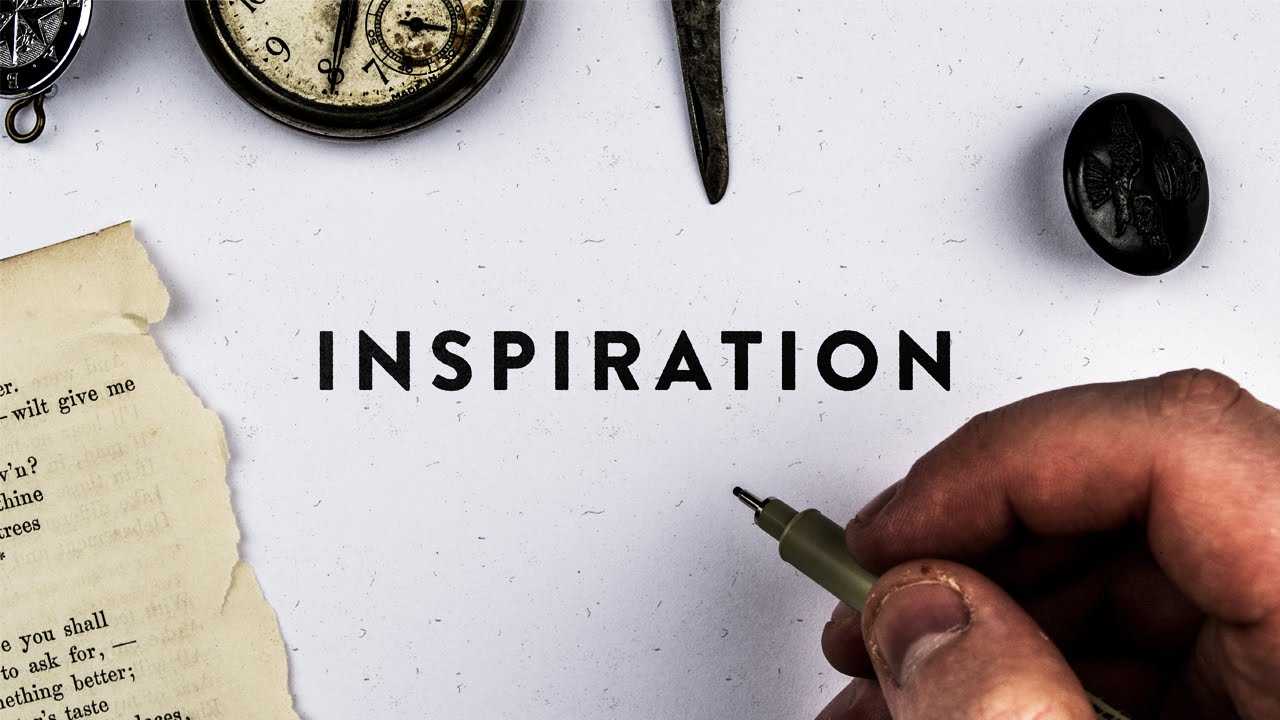Table of Contents
- Exploring the Beauty of Nature Through Drawing Techniques
- Essential Materials for Capturing the Essence of the Outdoors
- Tips for Sketching Landscapes and Flora with Precision
- Finding Inspiration: Connecting with Nature to Enhance Your Art
- Q&A
- The Conclusion
Exploring the Beauty of Nature Through Drawing Techniques
Capturing the essence of the natural world through drawing techniques not only enhances your artistic skills but also deepens your appreciation for the environment. Techniques such as contour drawing and gesture sketching allow artists to communicate the fluidity and complexity of nature. By embracing these styles, you can create artwork that feels alive, echoing the movement of leaves in the wind or the rippling surface of a serene lake.
When engaging with nature as your muse, consider employing different mediums to express varied textures and tones. Whether it’s pencil, charcoal, or watercolor, each medium brings a unique flair to your artwork. For instance:
- Pencil: Great for detailed studies and fine lines.
- Charcoal: Excellent for bold contrasts and dramatic effects.
- Watercolor: Perfect for capturing the ephemeral beauty of landscapes.
To effectively portray the vibrant colors and intricate details found in nature, crafting a color palette can enhance your overall composition. This involves choosing colors that mirror your surroundings or evoke specific emotions. Consider creating a simple table to organize your selected hues and their characteristics:
| Color | Emotion/Effect | Example Element |
|---|---|---|
| Green | Harmony, Growth | Leaves, Grass |
| Blue | Calm, Tranquility | Sky, Water |
| Brown | Stability, Earthiness | Bark, Soil |
the process of observation is crucial in nature drawing. Spend time outdoors, allowing your senses to absorb the environment fully. Note the shapes, forms, and light qualities that change throughout the day. Engage in regular sketching sessions to refine your abilities to depict these elements authentically. By transforming your experiences into visual narratives, you not only hone your craft but also foster a deeper connection with the natural world.


Essential Materials for Capturing the Essence of the Outdoors
To truly encapsulate the beauty of nature in your drawings, the right materials can make all the difference. Start with high-quality sketchbooks that resonate with your style. Look for options that feature acid-free paper to ensure durability and longevity of your artwork. A selection of textures—smooth for detailed work and rougher surfaces for bold strokes—can enhance your creative expression:
- Watercolor paper: Ideal for washes and blending.
- Mixed media pads: Perfect for incorporating different materials.
- Pencil sketchbooks: Great for initial ideas and rough drafts.
Next, consider your drawing instruments. Pencils are essential, but the range of graphite weights allows you to achieve different depths. From soft, dark lines to lighter, precise details, having a variety at hand elevates your work. Additionally, markers and ink pens provide clean lines for stark contrasts against more organic backgrounds:
- Graphite pencils: Ranging from 2H for fine lines to 6B for darker strokes.
- Fine liner pens: Excellent for details and outlines.
- Brush pens: Perfect for adding fluid lines and artistic flair.
Color brings life to your drawings, making it essential to select the right mediums. Traditional colored pencils offer versatility, while watercolors lend a delicate touch. For bold creations, acrylics or oil pastels can add vibrancy and depth. Each medium invites exploration, allowing you to convey the essence of nature in myriad ways:
- Colored pencils: Blending capabilities add depth to landscapes.
- Watercolor sets: Great for layering and fluid transitions.
- Acrylic paints: Provide bright colors and strong coverage.
Lastly, don’t underestimate the importance of nature’s own tools. Use natural elements such as leaves, rocks, or twigs as inspiration or even imprints to create textures in your work. Collecting these materials can also enhance your experience, cultivating a deeper connection with the environment:
| Natural Element | Use in Art |
|---|---|
| Leaves | Imprints for texture or inspiration. |
| Twigs | Unique lines and shapes in your compositions. |
| Flowers | Inspiration for color palettes and details. |


Tips for Sketching Landscapes and Flora with Precision
Capturing the essence of landscapes and flora requires a keen eye and a thoughtful approach. Start by observing the world around you—light, shadow, and form play crucial roles in your sketches. Consider the time of day; morning and late afternoon light can create dramatic contrasts and enhance textures. Spend a few moments studying your subject before putting pencil to paper, noting how the shapes intersect and the way colors blend. This groundwork will help you infuse a sense of depth into your drawings.
When sketching plants and trees, use a combination of line work and shading to create realism. Begin with a light hand to outline the basic shapes—focus on the overall silhouette first. Once you’re satisfied with the proportions, add in details like leaf veins or bark textures. Remember that variety is key; no two leaves or branches are exactly alike. By varying your line weight—thicker for shadows and thinner for highlights—you can convey the structure and lifelike qualities of your subject.
An effective method for ensuring accuracy in your sketches is to utilize a grid technique. This involves dividing your reference image into equal squares and replicating those squares on your drawing paper. By concentrating on one square at a time, you can maintain proportions and ensure that each element in your landscape is in harmony with the others. Consider also using a viewfinder to isolate compositions and find interesting angles that might enhance your final piece.
| Aspect | Tip |
|---|---|
| Light | Observe light sources and how they affect shadows. |
| Texture | Use varied line weights to suggest texture. |
| Composition | Experiment with grid layouts to improve accuracy. |
| Detail | Focus on unique features of each element in your drawing. |
don’t shy away from using color in your landscape sketches. While graphite can render intricate details, color can bring your sketches to life. Consider using watercolors or colored pencils to add vibrancy, capturing the way sunlight interacts with leaves and grass. Start with a light wash for backgrounds and gradually build up saturation, allowing colors to mix and flow naturally. This layering technique not only adds interest but also depth, making your landscapes feel more immersive.


Finding Inspiration: Connecting with Nature to Enhance Your Art
Diving into the great outdoors can reveal a vibrant tapestry of shapes, colors, and textures that are just waiting to be captured in your art. The ever-changing landscape provides a rich source of inspiration, whether you’re wandering through a sunlit forest or standing at the edge of a serene lake. Nature not only feeds creativity but also encourages us to slow down and observe the world around us more closely. It’s in these moments of observation that your art can truly flourish.
One effective way to tap into this inspiration is by setting up a sketching station in a local park or your backyard. Bring along your preferred materials—be it pencils, charcoal, or watercolor—and allow the sounds and sights of nature to influence your work. Pay attention to the subtle shifts in light or the intricate patterns found in leaves and bark. Some tips to consider while sketching outdoors include:
- Choose a comfortable spot to sit and relax, allowing for hours of undistracted creativity.
- Use all your senses; notice the smells and sounds that accompany the visuals.
- Start with quick studies to capture the essence of your surroundings before committing to details.
Additionally, consider keeping a nature journal where you document not only your artwork but also your thoughts and feelings about the experiences that inspire you. This journal can serve as a powerful reminder of the emotional connections you have with nature and inform your future artwork. You might organize your journal entries into sections, such as:
| Nature Element | Artistic Reflection |
|---|---|
| Mountains | Majestic and inspiring; convey strength. |
| Rivers | Fluid movement; evokes peace. |
| Forests | Diverse life; symbolizes mystery. |
Lastly, consider joining a local art group that focuses on outdoor painting or drawing. Sharing your experiences with others can not only enhance your skills but also encourage innovative approaches to nature as a subject. Engaging in collaborative projects or challenges that involve natural themes can also spark new ideas and methods in your artistic journey. The beauty of nature is limitless, and so too are the possibilities for how you can express it through your art.
Q&A
Q&A on Nature Drawings
Q1: What are nature drawings? A1: Nature drawings are artistic representations of the natural world, capturing everything from landscapes and flora to wildlife and intricate details of ecosystems. Artists often use pencils, pens, charcoal, or watercolors to convey the beauty and complexity of nature through various styles and techniques. Q2: What materials are commonly used for creating nature drawings? A2: Artists typically use a range of materials for nature drawings, including sketchbooks, various grades of pencils (graphite and colored), ink pens, charcoal, watercolors, and even digital tools like tablets and software for illustration. Each medium brings its own texture and feel, allowing for diverse expressions of the natural world. Q3: How can nature drawings benefit one’s artistic skills? A3: Engaging in nature drawing enhances observational skills, as artists learn to closely analyze their subjects. It also improves technical skills like shading and perspective while promoting creativity in the interpretation of natural forms. Furthermore, the practice encourages patience and mindfulness, with artists often spending considerable time outdoors. Q4: What are some tips for beginners interested in nature drawing? A4: For beginners, starting with simple subjects like leaves or flowers can be beneficial. Here are a few tips:- Observe: Spend time studying your subject before drawing.
- Start lightly: Use light pencil strokes to outline before committing with darker lines.
- Experiment: Try different materials to see what suits your style.
- Practice regularly: The more you draw, the more comfortable you’ll become with your technique.
- Gestural drawing: Quickly capturing the essence of a subject to convey movement.
- Cross-hatching: Using intersecting lines to create depth and texture.
- Layering: Building up colors or tones gradually for a more realistic effect.
- Negative space: Focusing on the space around your subject to define its shape and form.
